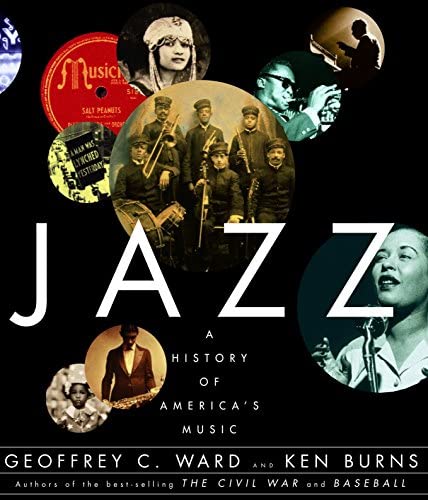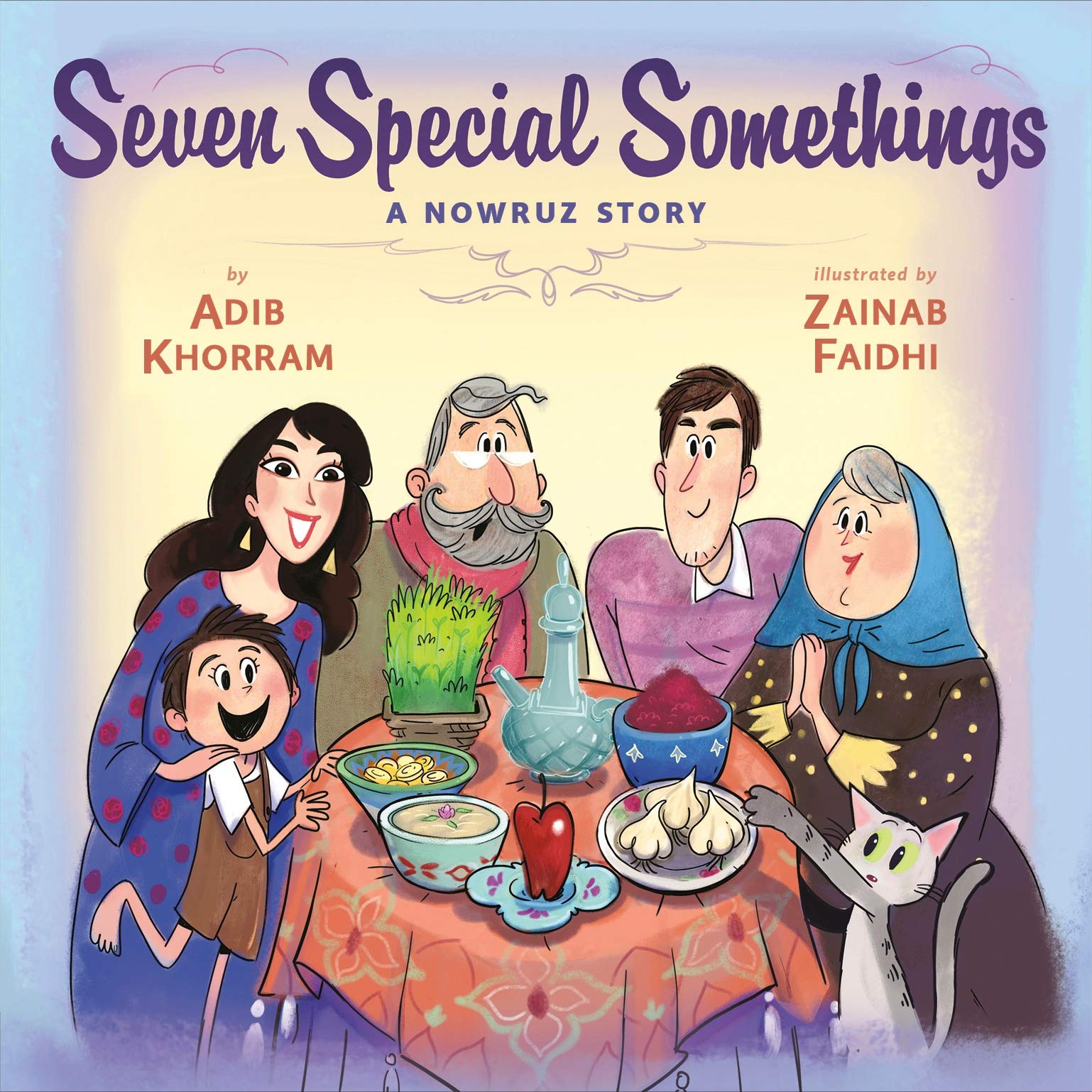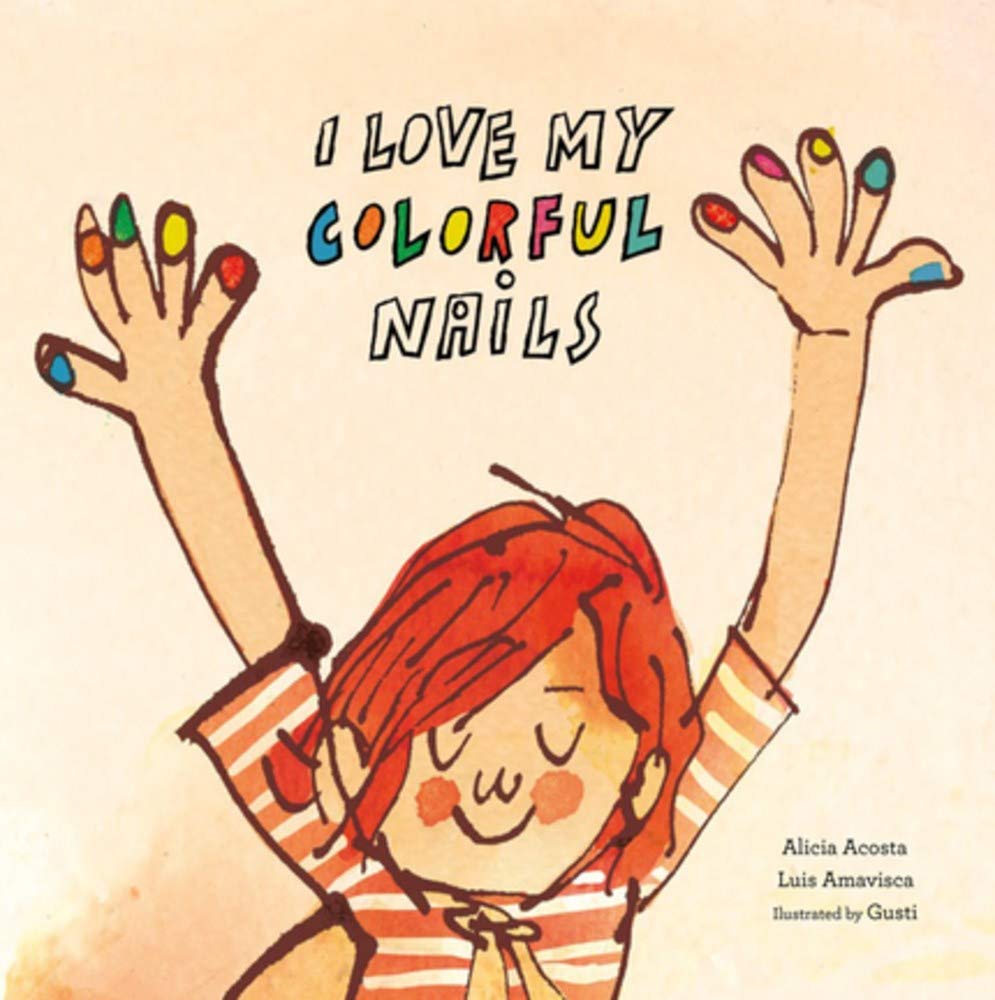Drought Gardening
by Bryan McBride, Adult Services Librarian
 Did you hear the one about how dry it is out there? It’s so dry the cows are giving evaporated milk! (Ba-dum, crash!) We are knee-deep in a drought. I don’t spend a lot of time thinking about cattle in times of heat and drought, but I do spend a lot of time thinking about my gardens in these conditions. For me personally, the problem is even more concerning this year as we are trying to start new gardens on a new property.
Did you hear the one about how dry it is out there? It’s so dry the cows are giving evaporated milk! (Ba-dum, crash!) We are knee-deep in a drought. I don’t spend a lot of time thinking about cattle in times of heat and drought, but I do spend a lot of time thinking about my gardens in these conditions. For me personally, the problem is even more concerning this year as we are trying to start new gardens on a new property.
I always consider planting perennials that are heat and drought-tolerant, having success with iris and daylilies. Water conservation is perhaps most efficient in gardens that feature native plants and flowers that you can find growing in pastures and ditches in Kansas. If you walk out in grasslands of Kansas, you find an amazing array of flowers and color. Primrose, hyacinth, coral bells, honeysuckle, blue cornflower and columbine are just a few examples of what you’ll find on a nature walk. These can be transplanted into your own yard, and, once established, they seldom need to be supplemented with extra water, and they hold their ground against encroaching weeds.
If you’d like more ideas about drought gardening, we have several books in our collection that offer a variety of gardens. “Planting Design for Dry Gardens” by Olivier Filippi describes a variety of flora for dry gardens. A great aspect of this book is its descriptions of what “invasive” means and how to plan gardens that include plant species considered invasive. The book is loaded with pictures that show off the beauty of flowers available for dry gardening.
Another book that covers a lot of ground, no pun intended, is “The Water-Thrifty Garden” by Stan DeFreitas. How to improve the chemistry of your soil and how to map out a garden to make the most efficient use of water are just a couple of aspects of this book.
Did you know you can have your own soil tested by sending samples to K-State Research and Extension? They can do simple testing of nitrogen, phosphorus and potassium, or more extensive testing that might include pH levels, or even electrical conductivity. Seriously! These tests can help you determine the kind of plants that will thrive in the soil you have, or suggest potential alterations in your soil for the gardening you have in mind. Putting the right plants in the right soil is a good way to make efficient use of your water. The extension staff has an incredible amount of knowledge based on horticultural research. There is a brochure rack full of free publications in our community corner produced and distributed by K-State Research and Extension.
Another book that focuses on drought-tolerant plants is “Waterwise Plants for Sustainable Gardens” by Lauren Springer Ogden and Scott Ogden. They include only plants that, when established, require less than one inch of water every two weeks in the hottest part of the peak growing season. One plant per page gives the reader ample information for choosing plants for your own property. Flora attributes are listed for each plant, such as how much sun is required, unattractiveness to deer, and attractiveness to bees, butterflies and hummingbirds.
“Gardening with Less Water” by David A. Bainbridge is filled with ideas for setting up irrigation systems. With this book’s publication seven years ago, Bainbridge accurately forecasted the deepening California drought. I saw a recent news story that Northern California’s Lake Orville, the second-largest reservoir in California, is expected to go offline with its hydroelectric power plant due to dropping water levels in the reservoir. (CNN, 2021) In his book, Bainbridge offers illustrated maps for laying out gardens as well as ideas for rainwater harvesting and setting up your landscape to capture water.
An attractive alternative might be a rock garden. I mean, this is the Flint Hills! The library has a couple of books, “The Prairie Rock Garden” by Donna Balzer and “Rock Gardening” by Joseph Tychonievich, which detail how to design rock gardens and the kind of flora that excels among rocks. In his book, “Essential Succulents,” Ken Shelf describes projects created with succulents, which often thrive with a minimum amount of water. Although not limited to succulents, rock gardens are a good place for succulents like agave, cactus, and sedum, alongside other flowering perennials.
The bad news is climatologists predict furthering drought in future years. The good news is a well-planned, drought-resistant garden can provide low-maintenance beauty in your environment despite this dire prediction.


 The Manhattan Public Library is getting ready to launch its 2021 Summer Reading Program! The program is for all ages and runs from June 1st to July 31st. Participants receive prizes for reaching reading goals and participating in fun activities. You can find more information about the Summer Reading Program, and register, on the library’s website here:
The Manhattan Public Library is getting ready to launch its 2021 Summer Reading Program! The program is for all ages and runs from June 1st to July 31st. Participants receive prizes for reaching reading goals and participating in fun activities. You can find more information about the Summer Reading Program, and register, on the library’s website here:  Over the past few months, my interests have been all over the place. I haven’t made it a week without falling down a rabbit hole. Most of the fun comes from the free fall and getting lost in something new, but it’s also fascinating trying to figure out what led me to the fall, whether it’s a movie, a song on the radio, or some random thought.
Over the past few months, my interests have been all over the place. I haven’t made it a week without falling down a rabbit hole. Most of the fun comes from the free fall and getting lost in something new, but it’s also fascinating trying to figure out what led me to the fall, whether it’s a movie, a song on the radio, or some random thought. Spring has many major holidays, ranging from religious to secular to cultural. I was overjoyed to see so many new holiday books coming out this year and loved adding them to our collection. Though most of these holidays have passed, I think it’s still worth checking out these books now or making plans to read these books next spring.
Spring has many major holidays, ranging from religious to secular to cultural. I was overjoyed to see so many new holiday books coming out this year and loved adding them to our collection. Though most of these holidays have passed, I think it’s still worth checking out these books now or making plans to read these books next spring. We recently posted a storytime video on the library’s
We recently posted a storytime video on the library’s